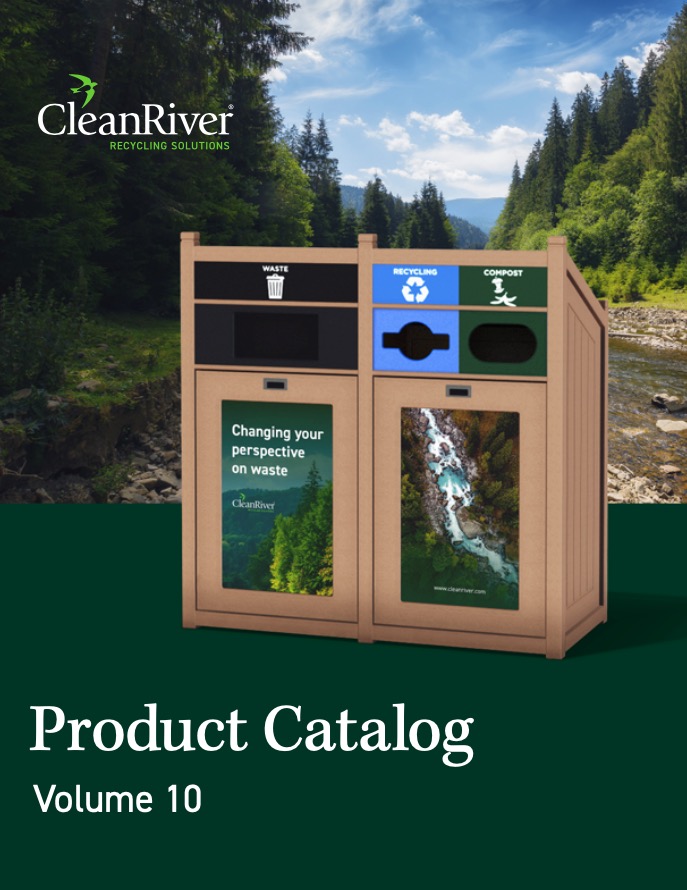Share
In past blogs, we’ve talked about how recycling protects animals and humans, and the top 10 best items to recycle to save our planet… but what we’ve yet to do is go more in-depth about why recycling programs help to protect our ecosystems.
If you haven’t already taken a look at our ultimate recycling program guide to get a better understanding of what we’re talking about, we recommend doing so. However, the basic idea of a recycling program is a custom-tailored waste management program for an office, business, municipality, and much more.
Now let’s move on to answering the question at hand:
Can Recycling Programs Help to Protect Ecosystems?
CleanRiver has been providing recycling programs and recycling program assistance via our commercial recycling bins for over 30+ years. Based on the data we’ve collected over the years, the short answer to this question is yes. Recycling programs do help protect ecosystems in the short term. Long-term success takes much more commitment. First and foremost, how much your recycling program costs is a big factor in long-term success. Secondly, upgrading or downgrading your recycling program to fit the changing needs of your facilities is also important.

(For a general idea of the different types of commercial recycling bins that are available to incorporate into your recycling programs, take a look at our products page here.)
The main ways a recycling program can help to protect ecosystems is by:
- conserving natural resources
- educating people about their waste
- creating a new source of revenue to incentivize the use of more recyclable products
The more recyclable waste that is diverted from landfills via a competent recycling program, the bigger the positive impact we’ll have on the environment.
Our previous blog covered the differences between upcycling vs recycling where the ultimate goal of upcycling is to create a circular economy where there is limited need for recycling. Although, that is still a long way off so currently recycling programs are the next best thing. That being said, you’re probably wondering if there’s any examples of large-scale recycling programs in place:
Does Canada Have a Good Recycling Program?
Our friends at the Circular Innovation Council ran the numbers and discovered that Canada recycles just 9 percent of its plastics. The remaining plastic ends up going into landfills or becoming litter. With this lone statistic, it’s safe to say that Canada could use a few upgrades to their current recycling programs. But what can they do?
Sometimes the best answer isn’t necessarily to sink more money into a more robust and thorough recycling program operation, but rather to reduce the waste from the source itself.
While recycling programs are ultimately better for the environment than traditional waste collection services, zero-waste initiatives and reduction in non-recyclable material creation such as plastic bag bans will always be the best option.
We encourage all of our readers to do their best to reduce their waste output and vote with your wallet if you have the luxury of doing so. That means avoiding single-use plastic and purchasing products with unnecessary packaging from companies that aren’t trying to reduce their packaging waste.
Looking for more recycling program tips? Check out these other blogs:
- The 6 Things Your Recycling Program Is Probably Missing
- 5 Pro Tips For Buying Recycling Bins
- 3 Ways to Reduce Waste and Save Money During the COVID-19 Pandemic
Thinking about starting a recycling program? Read our eBook for more information about recycling bins, waste diversion, and more.

CleanRiver Recycling provides a variety of innovative, flexible, and customizable recycling solutions. To determine the right solution to meet your needs, use the CleanRiver product selector.
If you have additional questions that weren’t answered in this blog post please call us at 1-866-479-4038 or email solutions@cleanriver.com.

